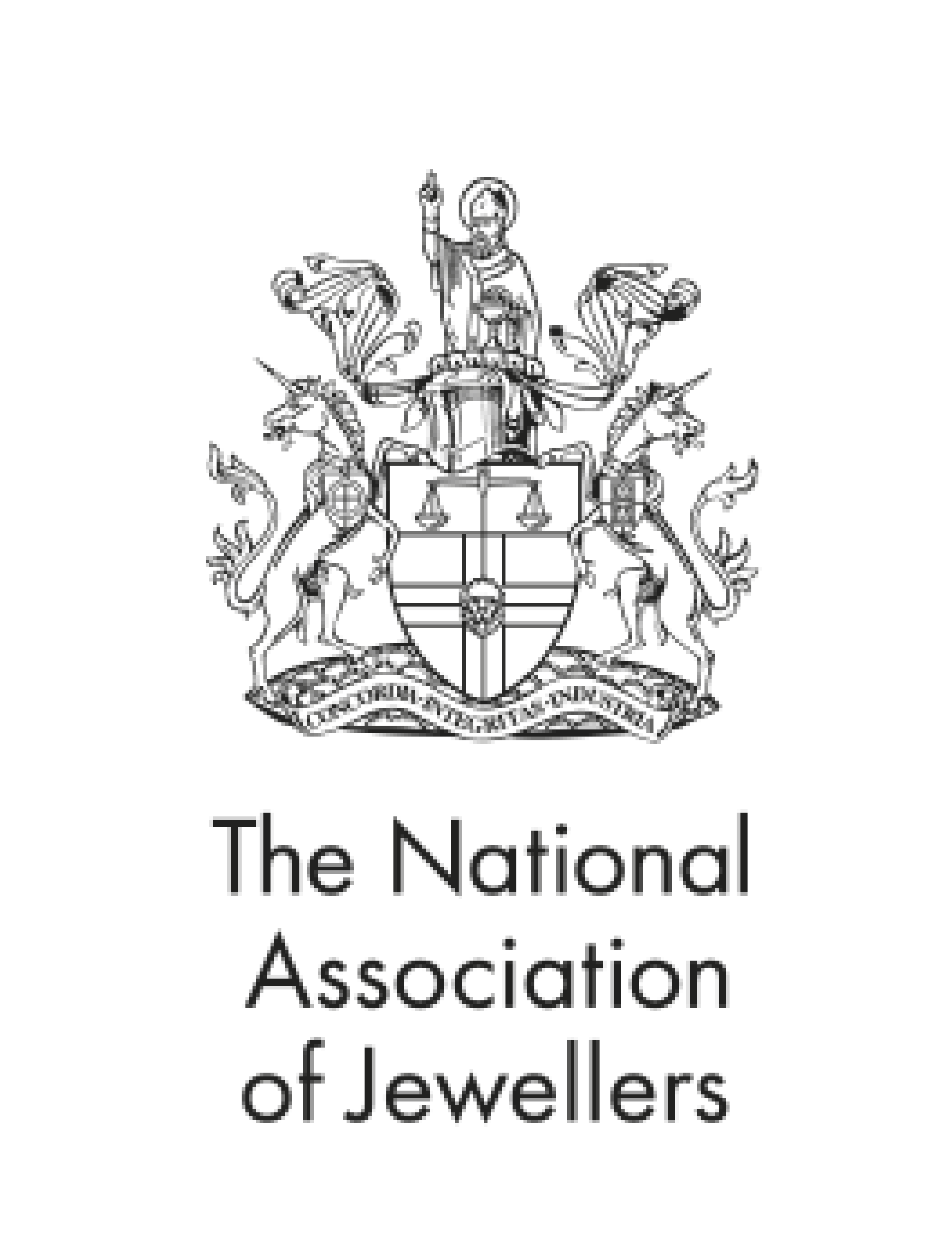Timeless, lustrous, and effortlessly elegant, pearls have captivated the hearts of connoisseurs and collectors for millennia. Unlike any other gemstone, pearls are born of the sea, a miracle of nature that requires no cutting or polishing to reveal their beauty.
With their soft radiance and enduring charm, pearls remain a symbol of purity, sophistication, and grace. As we celebrate Pearl Month this June, we invite you to journey through the rich history, formation, and cultural legacy of these extraordinary gems.
How are Pearls Formed?

Pearls are the only gemstones created by living organisms. Formed within the soft tissue of mollusc, like oysters, they are the result of a natural defence mechanism. When an irritant enters the shell, such as grains of sand or perhaps even small sealife, the mollusc secretes layers of aragonite and conchiolin, more known as nacre, around the intruder. Over time, this accumulation produces a white, pink or sometimes even black pearl, with its signature iridescent sheen.
While nature creates these jewels in both saltwater and freshwater environments, the most coveted varieties are found in oysters dwelling in the ocean's depths. It is commonly thought that coming across the natural precious stone was an accident by ancient civilisations who harvested Oysters for food.
How are Pearls Harvested?
Pearling, or pearl fishing, was common across Latin America in the 16th century, along with Asia, Eastern Arabia and Australia. With Oysters and molluscs varying between 7ft to down to 40ft below the surface of the sea, many divers would delve below sea level with nets in hopes to collect as many Oysters as they could in turn for a precious gemstone.

Today, the art of harvesting these precious gems is a delicate, meticulous process, often undertaken by highly skilled divers and pearl farmers. Once the molluscs have matured, a process that can take several years, they are gently opened to reveal their treasure within.
In high-quality pearl farming, great care is taken to ensure the health of the mollusc and the sustainability of the marine environment. Each gemstone is then carefully graded for its lustre, surface, shape, and size, all attributes that determine its rarity and value.
Precious Sea Jewels in Ancient Civilisations
Pearls have adorned the noble and the divine for thousands of years. In ancient civilisations, they were revered not merely as adornments but as emblems of status, spirituality, and mystery. From the courts of Chinese emperors to the treasure chests of Persian royalty, these precious jewels were cherished as heavenly gifts rare and precious tokens reserved for high society.
Pearls, Aphrodite and Love
In classical mythology, the precious gemstones were closely associated with Aphrodite, the Greek goddess of love and beauty.
According to legend, she was born from the sea foam and emerged adorned in pearls, known as the ocean's most exquisite offering. Venus, the Roman goddess of love, is depicted in Boticelli's 'The Birth of Venus' emerging from the sea in a shell, presumably placing her in the place of the previous stone.
Thus, the jewel became entwined with the symbolism of love, romance, and feminine allure.
To this day, they are a beloved choice for bridal jewellery and tokens of eternal devotion, and wildly given as gifts on anniversaries between couples.
The Pearls of Chinese Royalty
In ancient China, pearls were treasured by emperors and nobles alike, believed to embody wisdom and bring protection. Often worn in ceremonial headdresses and robes, they were not merely ornaments but expressions of celestial favour and imperial power.
Chinese pearls, particularly those from freshwater sources, were among the earliest to be cultivated and traded across the Silk Road.
Culturally symbolising wisdom, enlightenment and dignity within Chinese culture, these precious stones are gifted for special occasions in Chinese culture.
Persia and The Susa Pearls
Persia's enduring connection with pearls is as deep as its history. The Persian Gulf was known for it's major source of natural pearls, and their value grew quickly with their illustrious look.
The oldest known piece of pearl jewellery, a delicate necklace, was discovered in the sarcophagus of a Persian princess who died in 520 BC. This ancient treasure speaks to the region’s reverence for pearls and their place in courtly life.
In Persian culture, these precious gemstones symbolised the moon and were thought to bring enlightenment and purity.
Today, pearls continue to inspire designers, collectors, and wearers alike. From classic strands to contemporary creations, they are celebrated for their versatility, elegance, and quiet luxury. Whether worn as a statement of style or a sentimental heirloom, pearls remain one of nature’s most enduring gifts timeless and graceful.
Related: Jewellery Inspired by Nature
The Ingenuity of Mikimoto: Combining Sea and Shore
In 1893, founder Kokichi Mikimoto successfully created the world's first cultured pearls on aptly named, Mikimoto island. Ever since then, Mikimoto has been seeking to harness the allure of pearls, translating hopes and dreams into necklaces, bracelets, earrings and even rings for over 130 years.
Mikimoto is committed to sustainable pearl farming, by creating cultivation farms that replicate natural conditions while minimizing ecological impact. This means that current Oyster beds go undisturbed, and the Oysters can truly flourish in best conditions possible.
His visionary work elevated these precious gems to new heights of accessibility and perfection, marrying innovation with traditional craftsmanship. Today, Mikimoto pearls are synonymous with impeccable quality and remain a benchmark for excellence in fine jewellery.
Precious Gemstones and Michael Spiers

Pearls are a perfect addition to any look. Their ageless elegance expands across generations. Soft whites, creams and pinks highlight every skin tone and subtly add luxury into your look.
If you would like to discover more about Mikimoto we invite you to our showrooms in Truro, Exeter and Taunton where our friendly teams can help you find a timepiece that is perfect for you.











